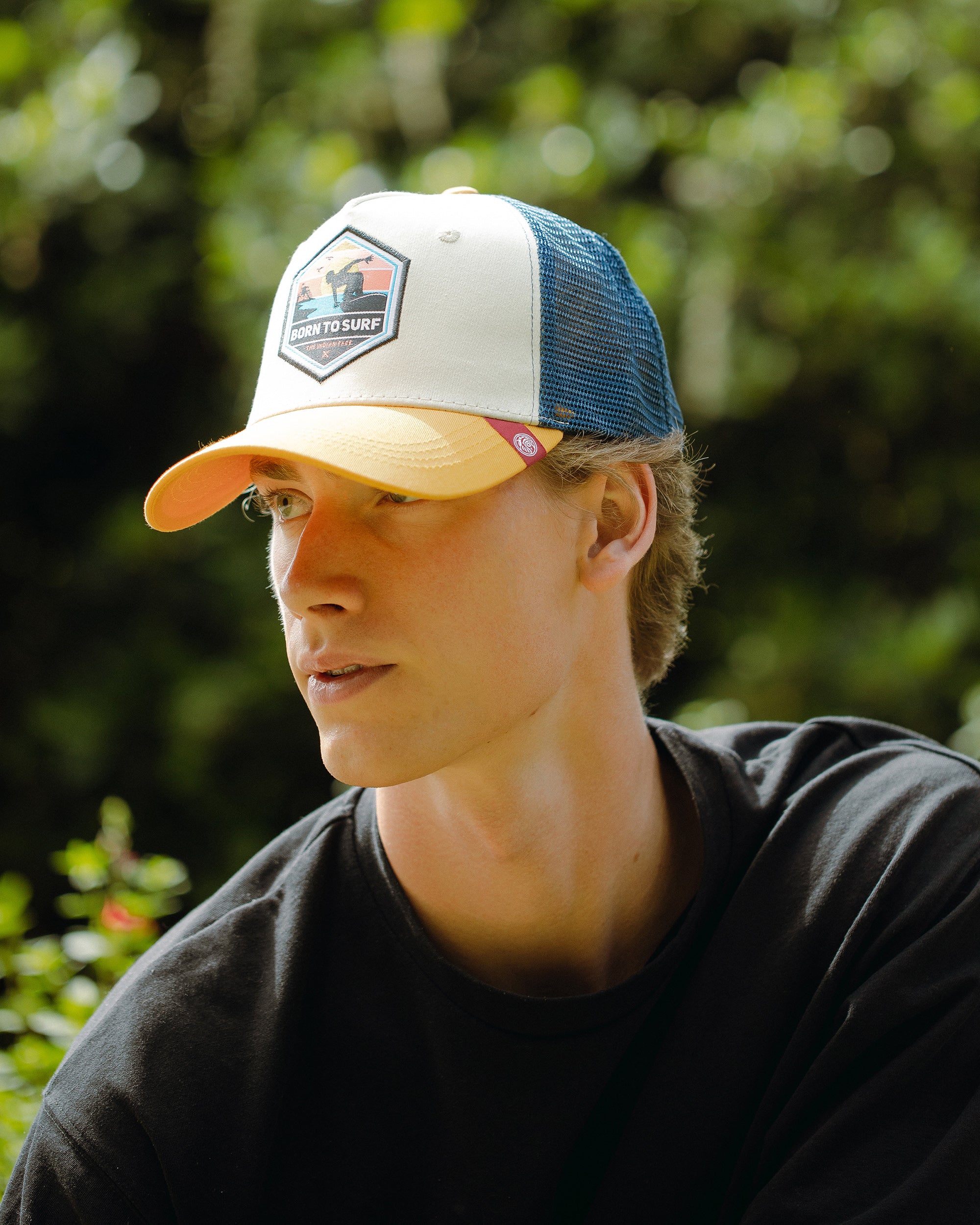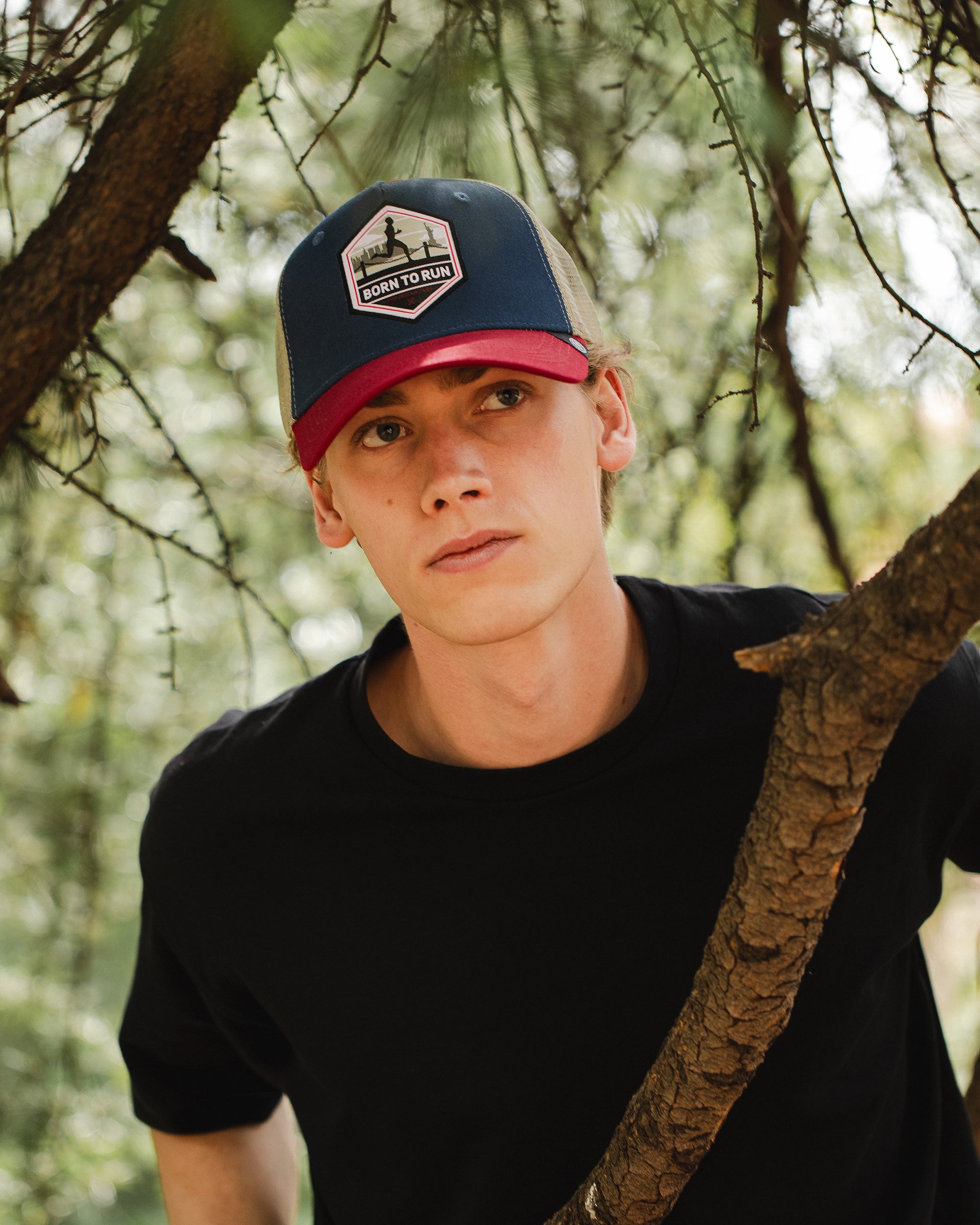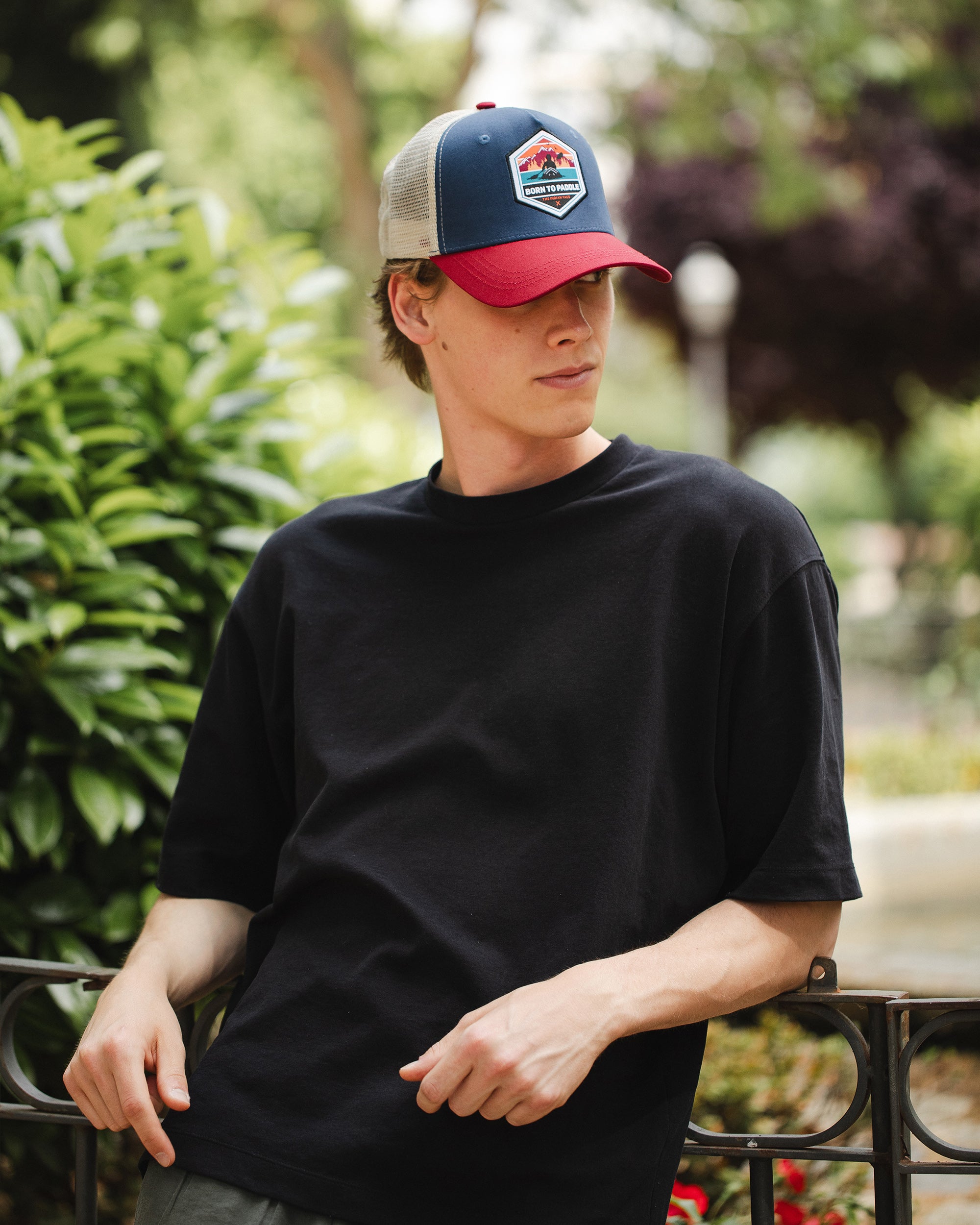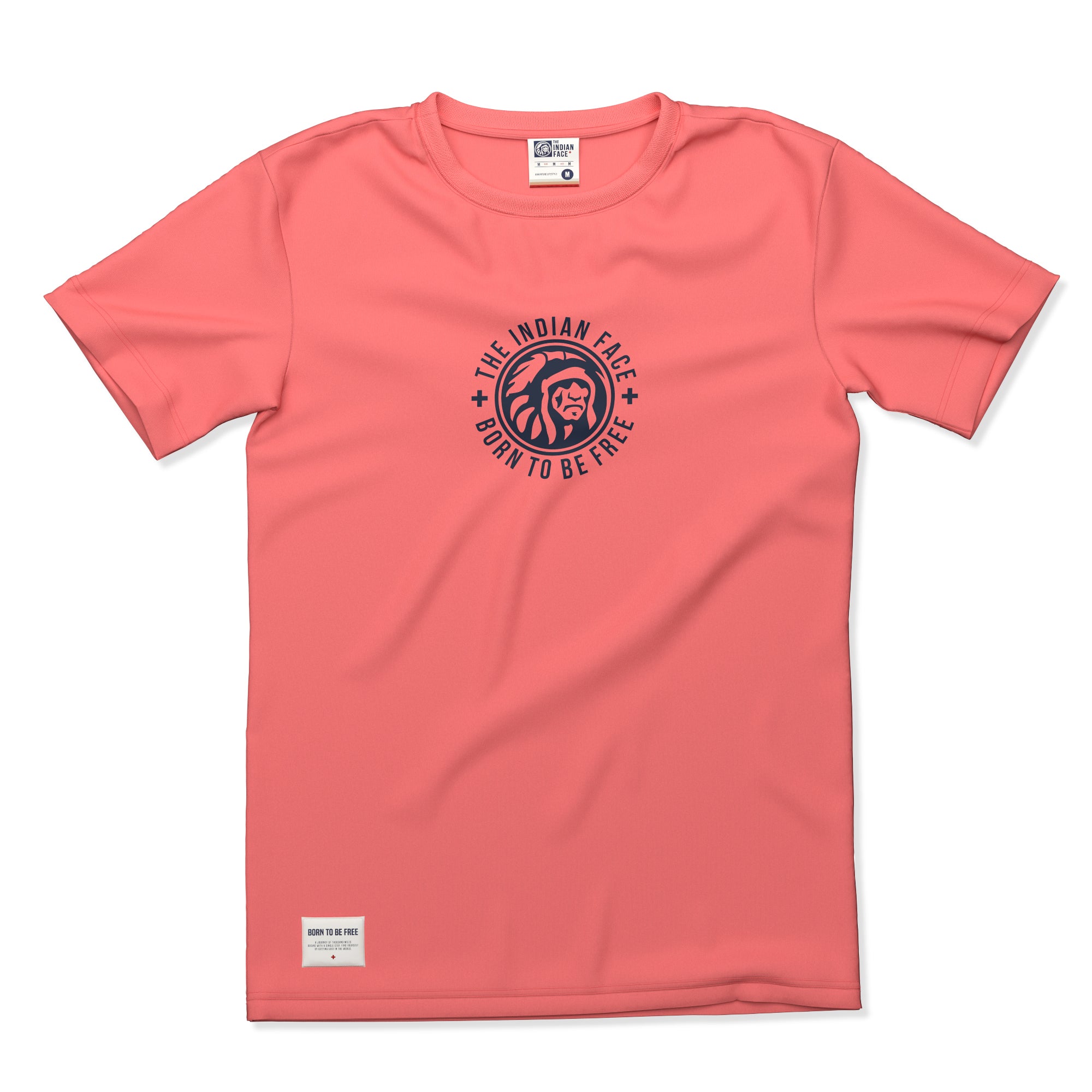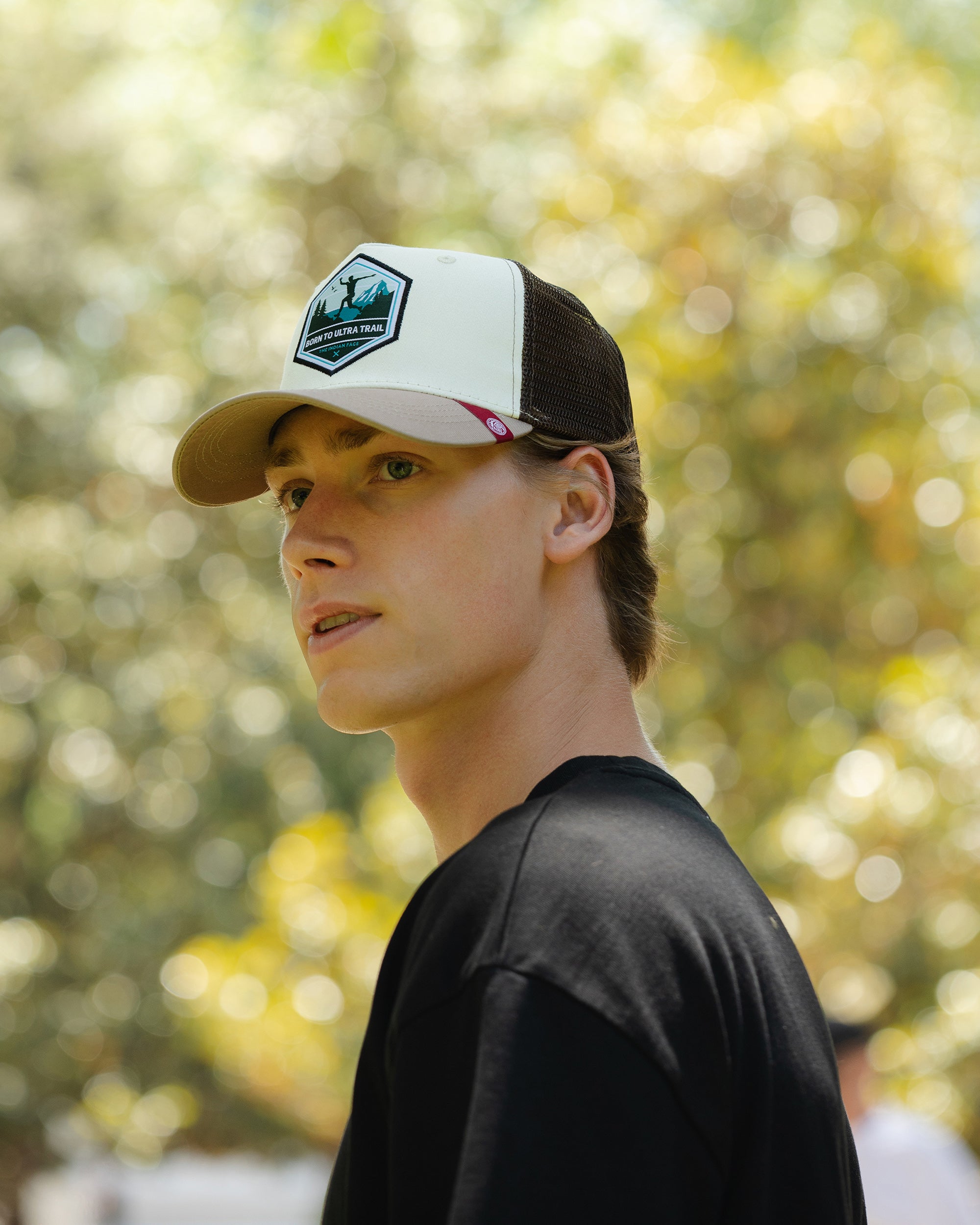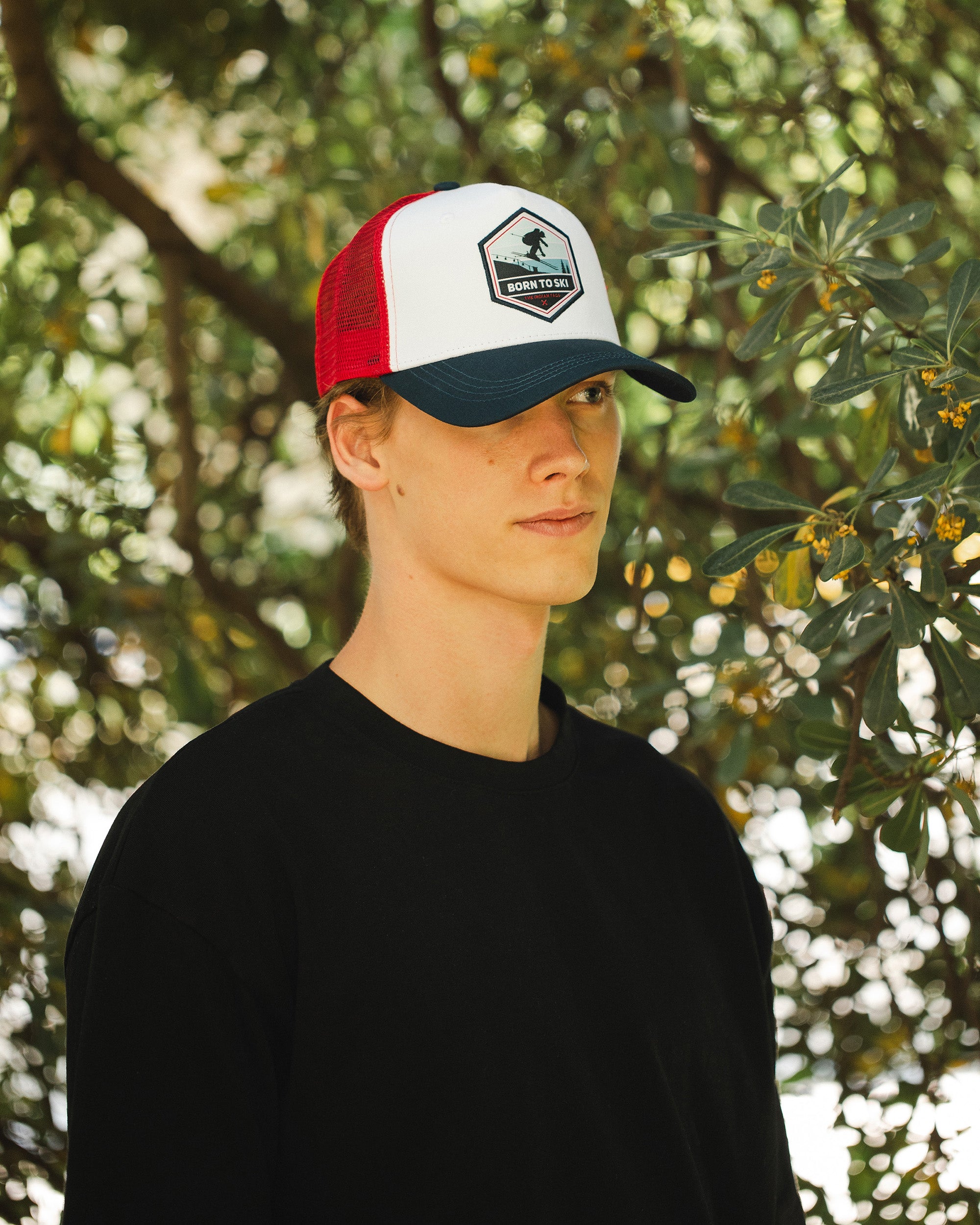Surfing in Spain has gained a lot of presence in recent years, and this has been, in part, thanks to the quality of the beaches and waves that can be found in our country, and the climate, which makes it possible to surf practically all year round.
Surfing in Spain began to become popular influenced by Biarritz, where the practice had already established itself; the similarity of the sea conditions and its proximity to the peninsula, It began to grow in the north of Spain and continued to spread throughout the country.
He surfing, as we all know, is closely related to the love of nature, to the desire to disconnect from routine and social demands for a while, to find ourselves alone, with our board in the sea. That is why beaches, the ocean and the mountains have a somewhat solitary touch, and you don't have to look too far to find a secluded place where you can be alone.
In today's post we offer you 5 ideal beaches for surfing and where you can find spots, almost deserted and unknown hiding places for almost everyone, which will make you feel that, suddenly, you have been teleported to a place heavenly.
ZUMAIA BEACH, BASQUE COUNTRY

Northern Spain is the area par excellence for surfing. Zumaya, located on the coast of Guipúzcoa, is one of the favourite spots for professional and amateur surfers, not only because of the powerful waves that form thanks to the layout of the rocky terrain when the wind blows in the right direction, but also because of the landscape that the place offers.
An immense space, open to the sea in the shape of a crescent, surrounded by cliffs, rock formations and vegetation, is what Zumaya offers us, which also has a geological spectacle called flysch, which is a set of hard rock formations that alternate with softer ones making a sheet-like shape, one after the other, extending over 8 kilometres. They have a prehistoric origin and were declared a UNESCO World Heritage Site in 2015.
Zumaya is a very popular beach, especially in the summer months, with local and foreign surfers who can't miss out on riding these Basque waves, so it's difficult to see it empty. However, very close to the main beach, there are hidden paths known by very few that are perfect for resting after surfing and being calm.
The first thing you should do is reach the Church of San Telmo, and continue walking forward, leaving the church behind, towards the viewing point. Once at the viewing point, you can see on the left, from above, a small inlet of water in the sea in the shape of a half circle, which seems straight out of a movie and is perfect for resting, swimming and lying down to sunbathe when the tide is low. You can access it via a dirt road that goes down to the shore.
SALINAS BEACH, ASTURIAS

If we head to Asturias, we can also find impressive beaches for surfing, in fact, Salinas beach is also known as “the city of surfing”, which says a lot about the quality of the place.
Salinas is located on the central coast of Asturias, very close to Avilés, and is one of the top destinations for surfers from all over the world. The beach stretches for two and a half kilometres and is divided into three areas; one for bathers, one for local surfers, and one for surf schools and amateurs who are not from the city.Salinas is also well known for its festival longboard, which takes place every summer and fills the city with vans and surfboards, which emanate a relaxed and slightly hippie aura that is worth experiencing.
Despite its large size, the beach is also usually quite busy and does not appear to be a paradise or overly quiet place, however, there are many places that are not so visible and that are perfect to get away from the hustle and bustle and connect with nature: To the left of the Philippe Cousteau Anchor Museum, almost leaving Salinas, there is a small space isolated from the outside, between rocks, and with a stony ground that offers the best sunsets, the best smell of the sea and the best sound of the water when it comes into contact with the stones, in the entire city.
MUNDAKA BEACH, BASQUE COUNTRY

Mundaka beach, located in Vizcaya, at the mouth of the Urdaibai estuary, generates some of the best waves in Europe, which have already been visited by the best surfers in the world.
In Mundaka, a very long left wave is created that can reach 5 meters in height.
Craig Sage, an Australian surfer who travelled in search of waves, came to Spain and stated in a book entitled “Mundaka surf to live” that: “The extraordinary Mundaka wave quality It was discovered by foreign surfers who kept it secret for as long as they could, like a little paradise hidden in a small corner of the Iberian Peninsula.”
On the other hand, once again, the natural environment surrounding the place could not be more welcoming; the colours of the sand are dark and you can often see white, red and blue boats stranded on the sand, some of them worn out. If you do a little research and walk not only along the main beach, you can find empty corners and small estuaries that have rock formations or small forests and are surrounded by the sea.
CONFITAL BEACH, CANARY ISLANDS

El Confital beach is also considered one of the best beaches in Europe. It offers tubes and large waves and almost vertical walls on days with good weather conditions. El Confital is lucky enough not to be directly affected by the trade winds that hit Gran Canaria, which means that normally, you can surf well on this beach. On occasions, El Confital has been the cradle of surfing championships such as the Red Bull Rival, or the WQS and ASP competitions.
This beach is very popular with locals and surfers in the area, usually in the months of September and May, when the waves are of the best quality. The waves break on a shallow volcanic soil and the characteristics of the surroundings and the atmosphere have the potential to make El Confital a paradise beach, if it were not visited by so many people.
FAMARA BEACH, CANARY ISLANDS

Some media also call Famara “the Hawaii of Europe”, which is located in Lanzarote, in the northwest of the island, within the Chinijo Archipelago Natural Park. It has a dimension of just over three kilometres and the sand that runs through it is completely white.
This area offers an unprecedented volcanic landscape, which combines beaches with rocky bottoms, which are perfect for professional surfers, but also with sandy bottoms, for those more amateurs. This type of terrain can also be seen on the surface, which alternates mountains with sand dunes.
Among the best spots on Famara beach where we can find good surfing, we find the Izquierda de San Juan, which thanks to the good quality it offers, has been used by the ASP to carry out tests. El Cagao or the Muelle de Famara are also places that will not disappoint any surfer.
Famara, despite offering very good quality surfing and being very well known, is not a crowded beach, so you can enjoy the landscape, which faces La Graciosa, the lunar-like terrain, the sunsets over the white sand and the surf.
Surfing in Spain is easy and accessible, wherever you live, you are sure to have a beach not far from home where you can escape, alone or with friends, to enjoy the waves, nature and sport.




